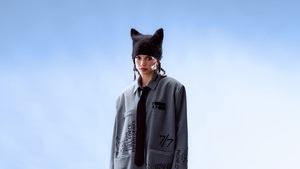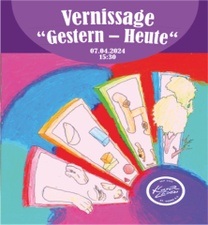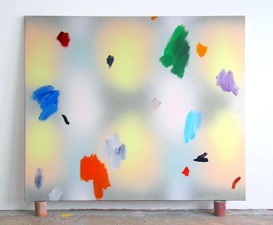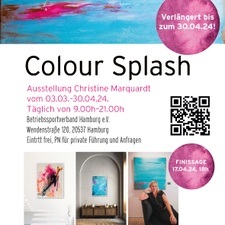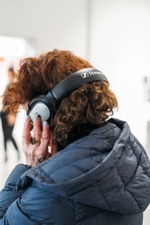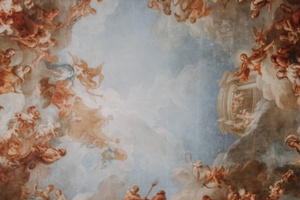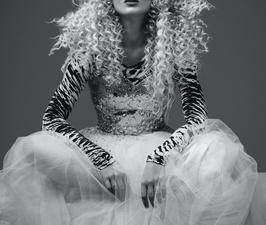Eine Stadt wird bunt
In the organizer's words:
Hamburg Graffiti History 1980-1999. A special insight into one of the most exciting chapters of recent cultural history.
In the year of its 100th anniversary, the Museum für Hamburgische Geschichte presents the exhibition EINE STADT WIRD BUNT (A CITY BECOMES COLORFUL), a special insight into one of the most exciting chapters of recent cultural history. Based on the picture and text volume of the same name published last year, the exhibition illuminates "Hamburg Graffiti History" in the period from 1980 to 1999 and shows in the form of pictures and objects, but also by means of stagings and works of art, the transformation from a gray Hamburg, characterized by post-war architecture and wastelands, to a colorful, colorful city that was one of the European epicenters of the graffiti and hip-hop scene, along with Paris, Amsterdam or Munich. Hamburg played a central role in the spread of the youth culture of hip-hop and especially the art form of graffiti in Germany. When the often spray-painted images, lettering and signs found their way from the metropolises of the USA to Europe in the early 1980s, a growing scene quickly developed on the Elbe that has left deep roots in Hamburg's urban and cultural landscape to this day.
The curatorial team, consisting of graffiti writers Oliver Nebel, Frank Petering, Mirko Reisser and Andreas Timm, who have been active since the late 1980s, and who also edited the book EINE STADT WIRD BUNT (A CITY BECOMES COLORFUL), had compiled and evaluated more than 40,000 photos, sketches, documents and objects for the extensive volume, which form an authentic and multifaceted archive for the upcoming exhibition. Based on this rich inventory, the exhibition will document how Hamburg's cityscape has been transformed by graffiti and hip-hop culture and what practices have been developed in the creative appropriation of public urban space. In addition, the socio-cultural impulses for more integration and diversity that this widely networked youth subculture brought with it will become clear and comprehensible. Divided into historically relevant thematic complexes, the exhibition presents sketches, blackbooks and original documents, as well as film footage, interviews, magazines and books, and typical fashion items from the time. An additional large-format room installation will provide an authentic and emotional insight into the lives of the protagonists and the scene at the time - among other things, visitors will be able to enter the youth room of a 16-year-old writer from 1988.
The exhibition will be accompanied by a multimedia web app, which will digitally expand the exhibition as a participatory platform and connect the presentation in the museum with real locations in the city.
This content has been machine translated.Price information:
Tickets at the museum


